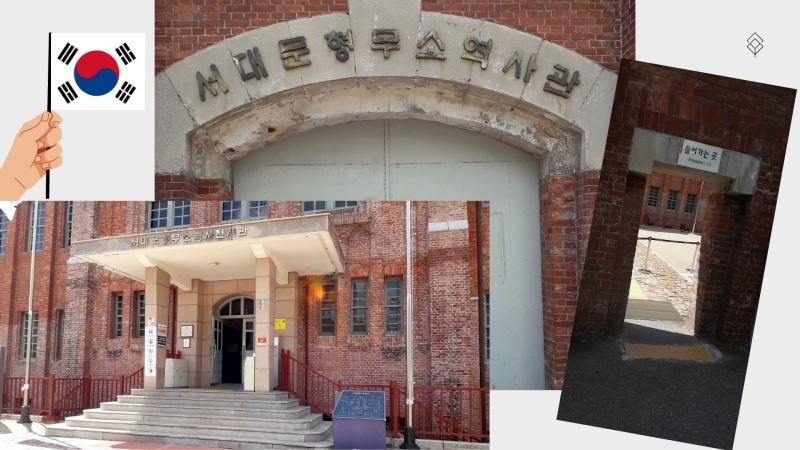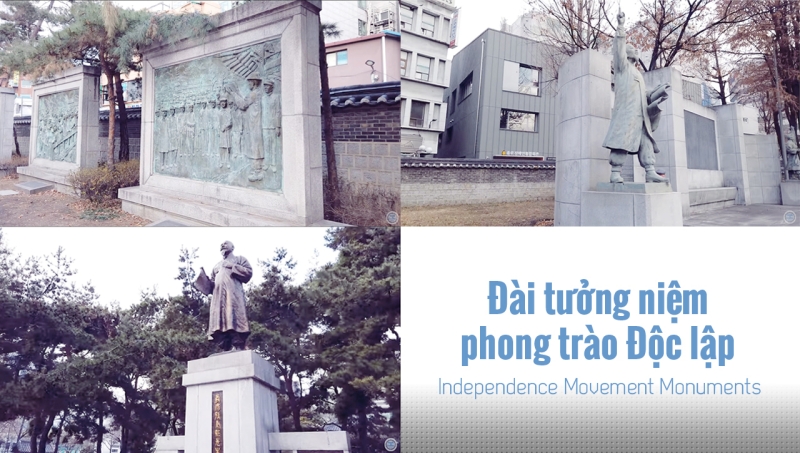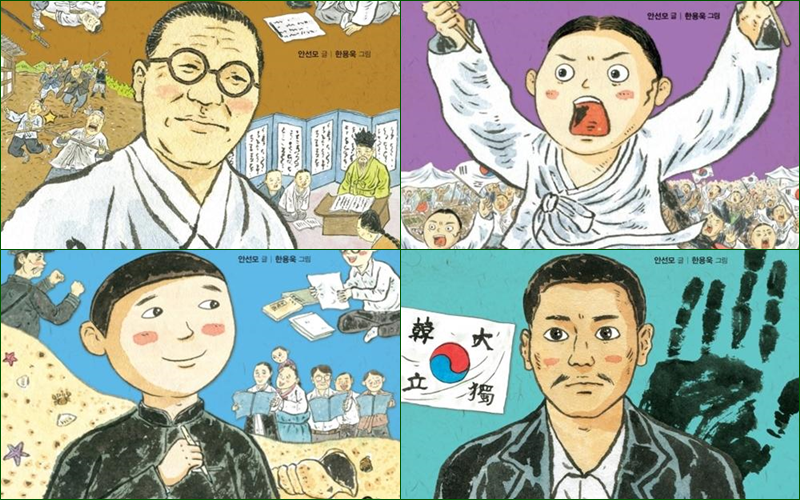Korea.net has 3,432 Honorary Reporters from 105 countries who share news and stories on Korea in nine languages. They send Korea-related news from their neighborhoods to Korea.net and share articles posted on our site through their social media accounts. The following are three highlighted stories posted by such reporters last week.
By Kim Eunhee and Yoon Hee Young
March 1 marked the 103rd anniversary of March First Independence Movement Day. This holiday commemorates the movement of March 1, 1919, when Korea protested Japan's colonization and announced the Korean Declaration of Independence to promote the country's spirit of independence to the world. Honorary Reporters marked the day by visiting historical landmarks of the movement or writing about independence fighters in Korea.
■ My visit to Seodaemun Prison History Hall (Ileana-Constantina Vulpescu from Romania in English)
Ileana-Constantina Vulpescu from Romania visited Seodaemun Prison History Hall in Seoul's Seodaemun-gu District to commemorate the holiday. The hall is where independence fighters were imprisoned and tortured by the Japanese colonial government. Giving a bit of background on the holiday and the hall, Vulpescu said she could see during her visit traces of independence fighters who suffered due to Japanese colonial rule.
"It was a good opportunity to learn about the noble spirit of those who sacrificed for the nation's independence," she said, adding that the hall is the symbol of the heroes' "courage and strength."

The entrance to Seodaemun Prison History Hall in Seoul's Seodaemun-gu District (Ileana-Constantina Vulpescu)
■ Online trip to Tapgol Park with traces of independence movement on March 1 (Vu Do Hai Ha from Vietnam in Vietnamese)
Vu Do Hai Ha from Vietnam called Tapgol Park in Seoul's Jongno-gu District a good place to visit to learn about the movement. As the first modern park built in Seoul, Tapgol is located at the original site of Wongaksa Temple from the Goryeo Dynasty. Built in 1897 during the reign of Emperor Gojong during the Korean Empire, the Western-style park was opened to the public in 1920.
Ha said the monuments to the movement engraved with the Korean Declaration of Independence "contain the Korean people's pride in their sovereignty and freedom." Calling Palgakjeong Pavilion an impressive spot, she described the park as "a significant and historical place where patriots gathered to recite the declaration during the movement."

Monuments to the March First Independence Movement at Tapgol Park in Seoul's Jongno-gu District (Screen capture from Nook & Cranny Korea's YouTube channel)
■ 4 Korean independence fighters (Nancy Rosas from Mexico in Spanish)
Nancy Rosas from Mexico's story was on a series of Korean-language picture books about leading figures of the movement: Kim Gu, the first president of the Korean Provisional Government; martyred activist Yu Gwan-sun, a leader of the movement on March 1; poet Yun Dong-ju, who wrote poems of resistance; and martyr Ahn Jung-geun, who assassinated Hirobumi Ito, former Japanese resident-general of Korea.
Rosas said she wanted to mark the holiday by introducing activists who are considered great heroes in Korea, adding that the illustrations in the picture books "deliver specific situations during the movement in a more lively manner, which helps foreign readers better understand Korean history."

The covers of the four picture books on Korean independence fighters: (from left clockwise) Kim Gu, Yu Gwan-sun, Ahn Jung-geun and Yun Dong-ju (Pulbit)
enny0611@korea.kr
